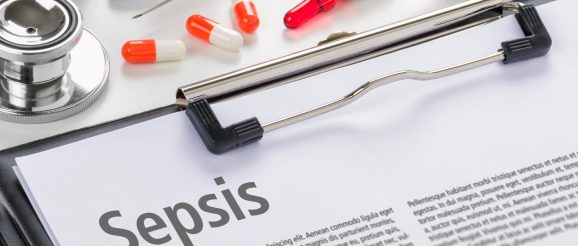Sepsis – The innovation gap – Longitude Prize

Sepsis Awareness Month takes place every September. It was established in 2012 by the Global Sepsis Alliance to raise awareness of the condition and provide an opportunity for the world to unite in the fight against it.
Sepsis is a life-threatening organ dysfunction, caused by over activation of the body’s immune system in response to infection1.
A study by the Global Burden of Disease estimated that one in five deaths were attributable to sepsis in 20172, and of the 49 million cases, almost half occurred in children under five2.
Time is of the essence
Effective treatment of sepsis requires a rapid response. Currently available diagnostic tests are limited in their ability to provide a timely diagnosis, and so antibiotics are typically administered prior to a confirmed diagnosis in cases of suspected sepsis.
The over- and mis-prescription of antimicrobials is a key factor contributing to rising antimicrobial resistance (AMR)3 globally.
Rising rates of AMR have a direct impact on the successful treatment of sepsis4, but there also remain distinct diagnostic barriers to advancing the clinical management of sepsis.
Antimicrobials should be given within one hour of diagnosis
Diagnosing sepsis is clinically challenging5. Sepsis patients typically have an underlying disease-causing infection and therefore symptom severity and type can vary, making it difficult to reliably ascribe symptoms to sepsis.
Current guidelines can lack the level of specificity needed for reliable detection6. As well as physical symptoms, sepsis can also elicit a complex physiological response. In short, there is not an isolated inflammatory biomarker indicative of diagnosis7.
The Sepsis Campaign
The Sepsis Campaign guidelines recommend the administration of antibiotics within one hour of diagnosis or suspicion of sepsis8. For every hour that treatment is delayed, patient mortality rate is estimated to increase by almost 8 percent9.
Currently, the most common method for diagnosing sepsis is by sending blood samples to a laboratory for pathogen identification10. This approach, with an average processing time of 72 hours, is limited in its effectiveness at informing rapid treatment decisions.
